8 Plants You Should Prune In July Before It's Too Late – Timing Is Everything For Summer Trimming
While most pruning work is done in the dormant season, these plants rely on a mid-summer trim to keep them healthy and ensure they perform well next year.
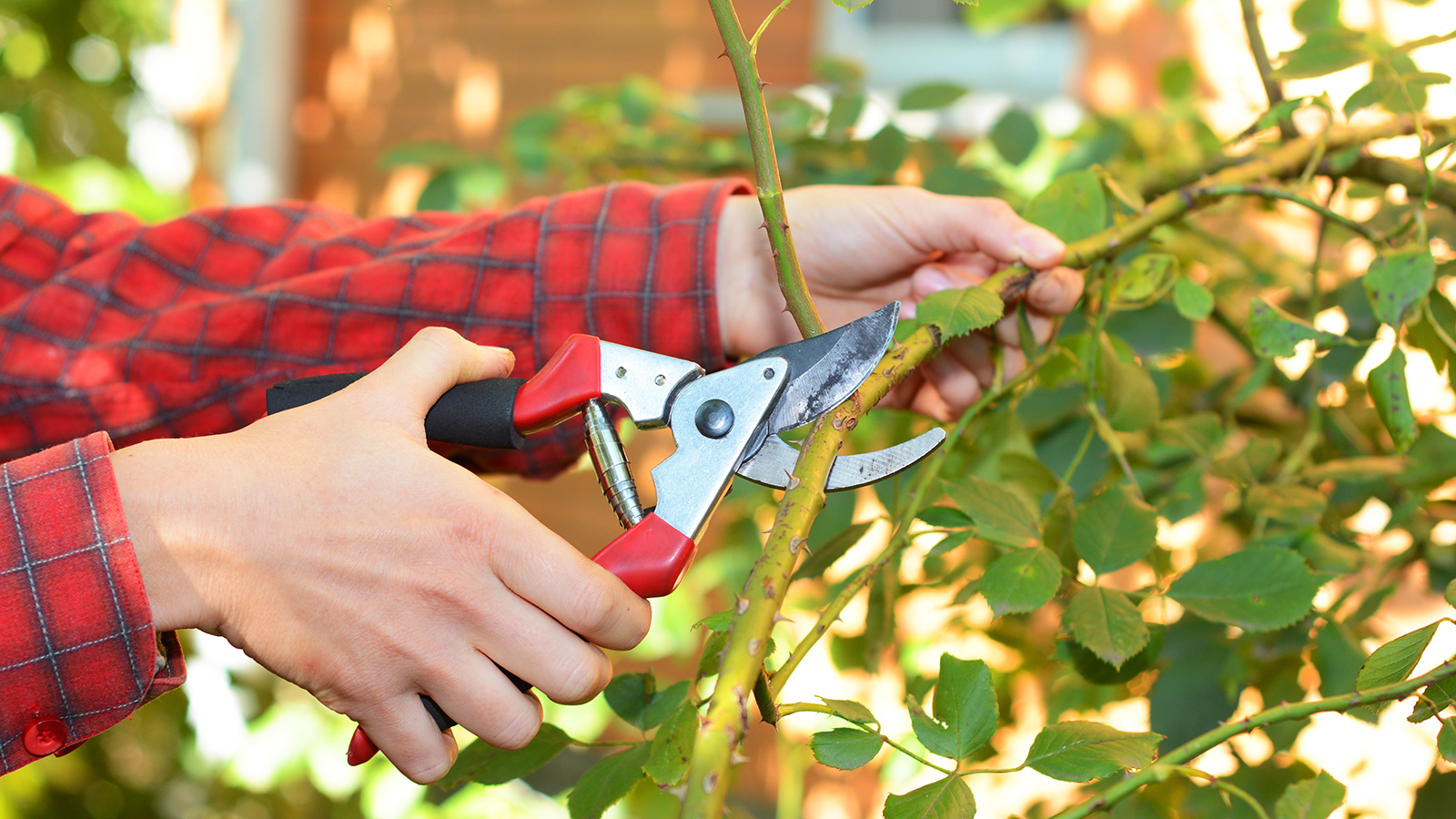

Many plants are best pruned when dormant, but there are some exceptions to this general rule. July is an ideal time to prune shrubs that bloom in late spring or early summer. It’s also a good opportunity to manage unruly vining plants. These are just a few examples of pruning or trimming chores you should do at the peak of summer.
Pruning plants is important for several reasons. While some need more regular attention than others, most plants benefit from a trim in several ways. Pruning keeps plants healthy by removing damaged or diseased areas, boosting air circulation, improving sunlight penetration, and encouraging new growth. Pruning also helps you maintain a plant’s size and an aesthetically pleasing shape.
However, plants only get these benefits if you know when to prune at the right time. While a lot of plants are best pruned in late winter or early spring, just before they come out of dormancy, these exceptions benefit from a July trim.
1. Wisteria
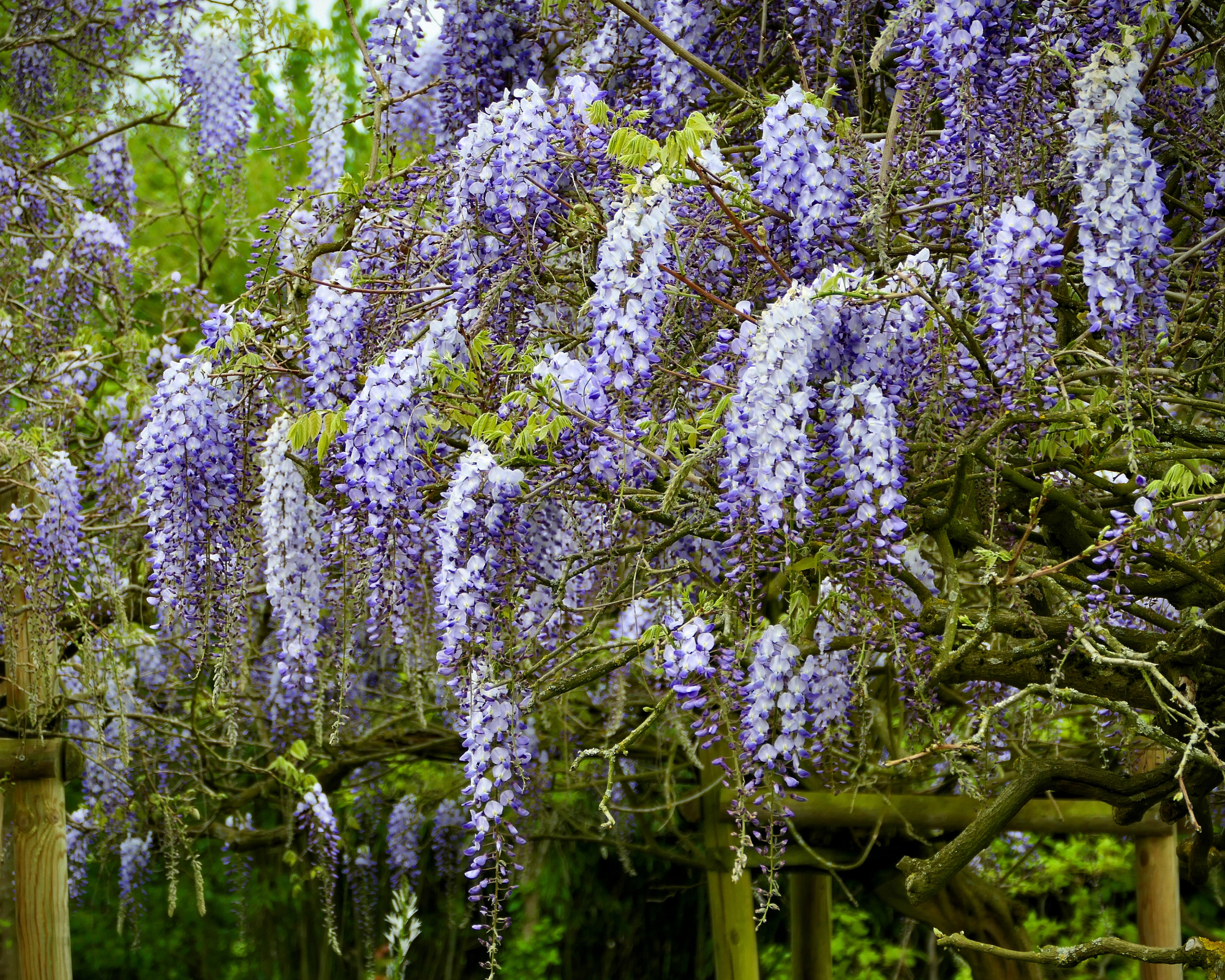
Wisteria is a vigorous vine that grows quickly and benefits from two trims per year: a heavy pruning in winter and a lighter trim in summer. Wait until the vine has finished blooming, and then trim it for shaping. Remove the thin, new shoots back about five buds. This summer pruning is important for keeping your wisteria vine looking tidy and from getting too large.
When tackling wisteria, it's best to use pruning shears for thinner shoots, and long-handled bypass loppers for thicker stems, and when you have to trim up high. Fiskars' heavy-duty bypass pruning shears currently have a 45% saving for Amazon Prime Day. They make light work of day-to-day pruning tasks, tackling branches up to 3/4 inch in diameter. The brand's 32-inch loppers, also on offer in Amazon Prime Day, have a 2-inch diameter cut capacity and are perfect for trees and climbing plants.
2. Rambling Roses
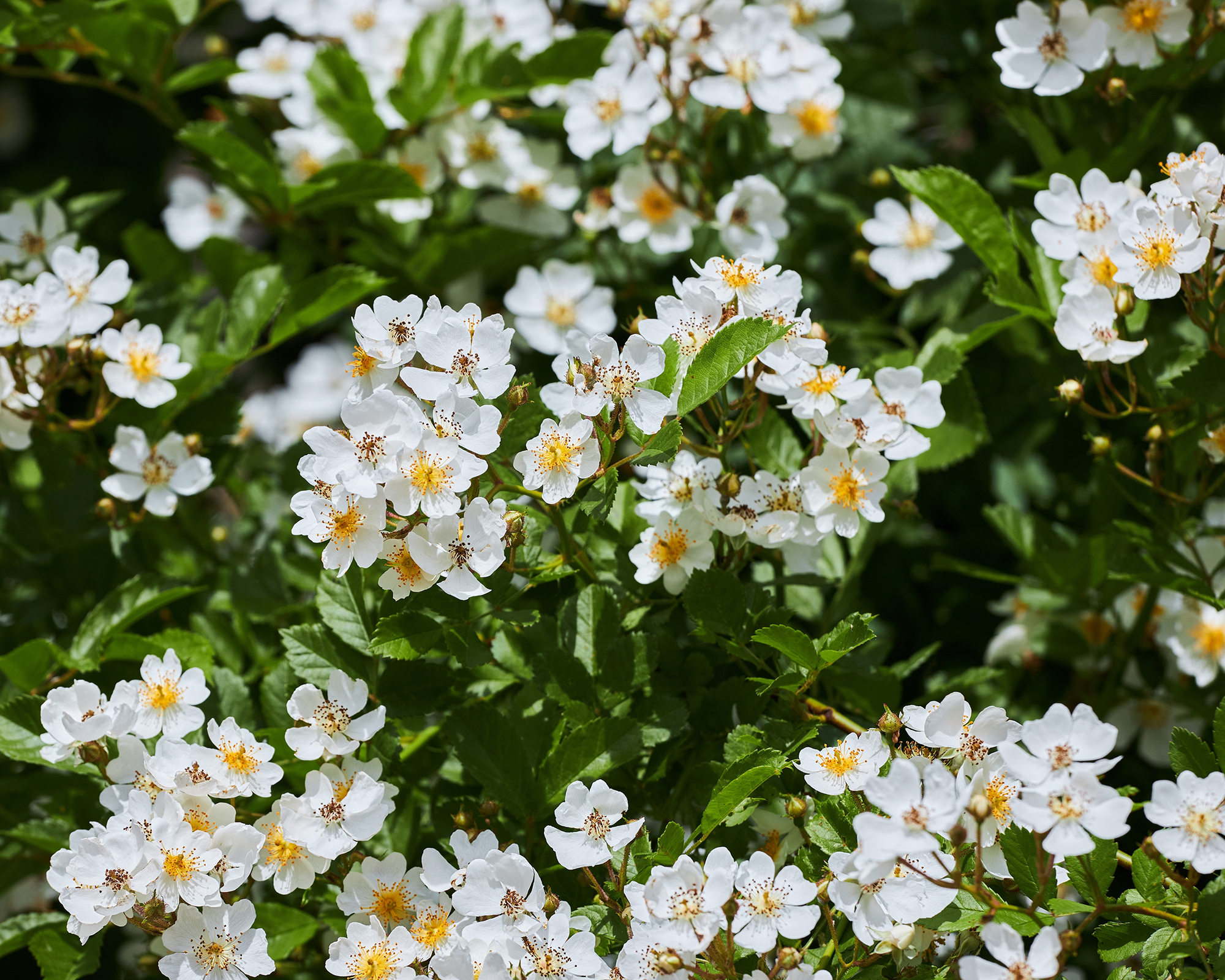
Rambling roses are types of climbing roses that grow vigorously and benefit from a summer pruning. Ramblers bloom spectacularly but just once, typically in June, so July is a good time to trim them in most gardens.
When pruning climbing roses, remove one-third of the oldest stems, then trim back side shoots by two-thirds. Remove any stems that are dead, dying, or damaged. If the rambler hasn’t been trimmed in years and is overgrown, cut back all the oldest stems, leaving just five or six of the youngest, healthiest shoots.
Sign up for the Gardening Know How newsletter today and receive a free copy of our e-book "How to Grow Delicious Tomatoes".
A telescopic pruner, such as this Gartol pruner from Amazon, will help you reach up high when trimming rambling roses. You'll also need a good pair of gloves – these Womanswork Heirloom Garden Arm Saver Gloves, which come with an apron in the Shop are designed specifically for women's hands.
3. Lilac
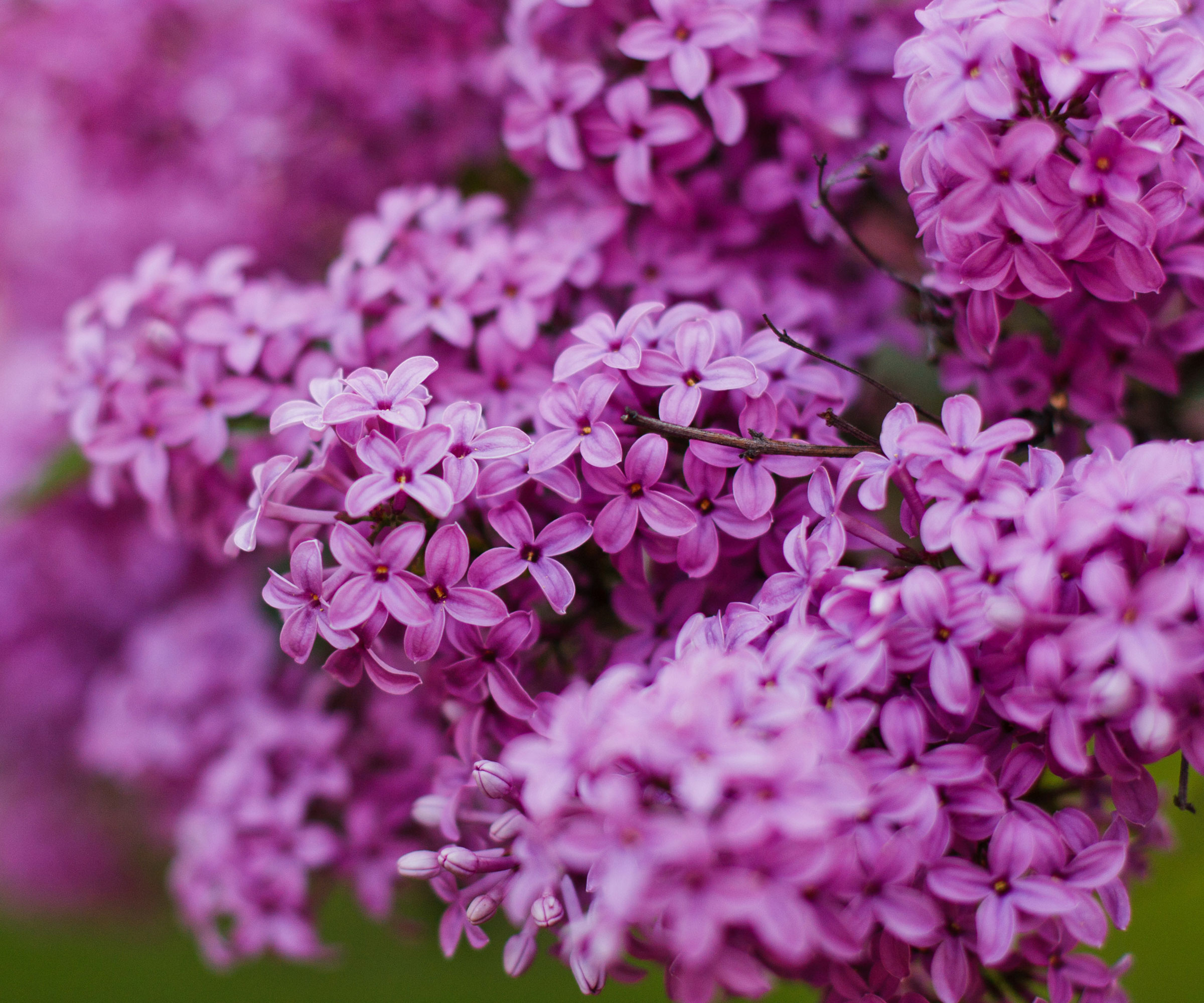
Lilac is a shrub that should be pruned soon after flowering. Depending on where you garden, your lilacs should be done flowering by June and are certainly ready for pruning by early July. Next year’s flowers will bloom on this year’s growth, so don’t wait too long, or you’ll trim off the buds that have set.
Start by deadheading. Remove the spent flowers. Trim back stems that are two inches (5cm) in diameter or larger, but remove no more than one-third of the shrub each year. Remove any dead or damaged stems and small suckers.
4. Mock Orange
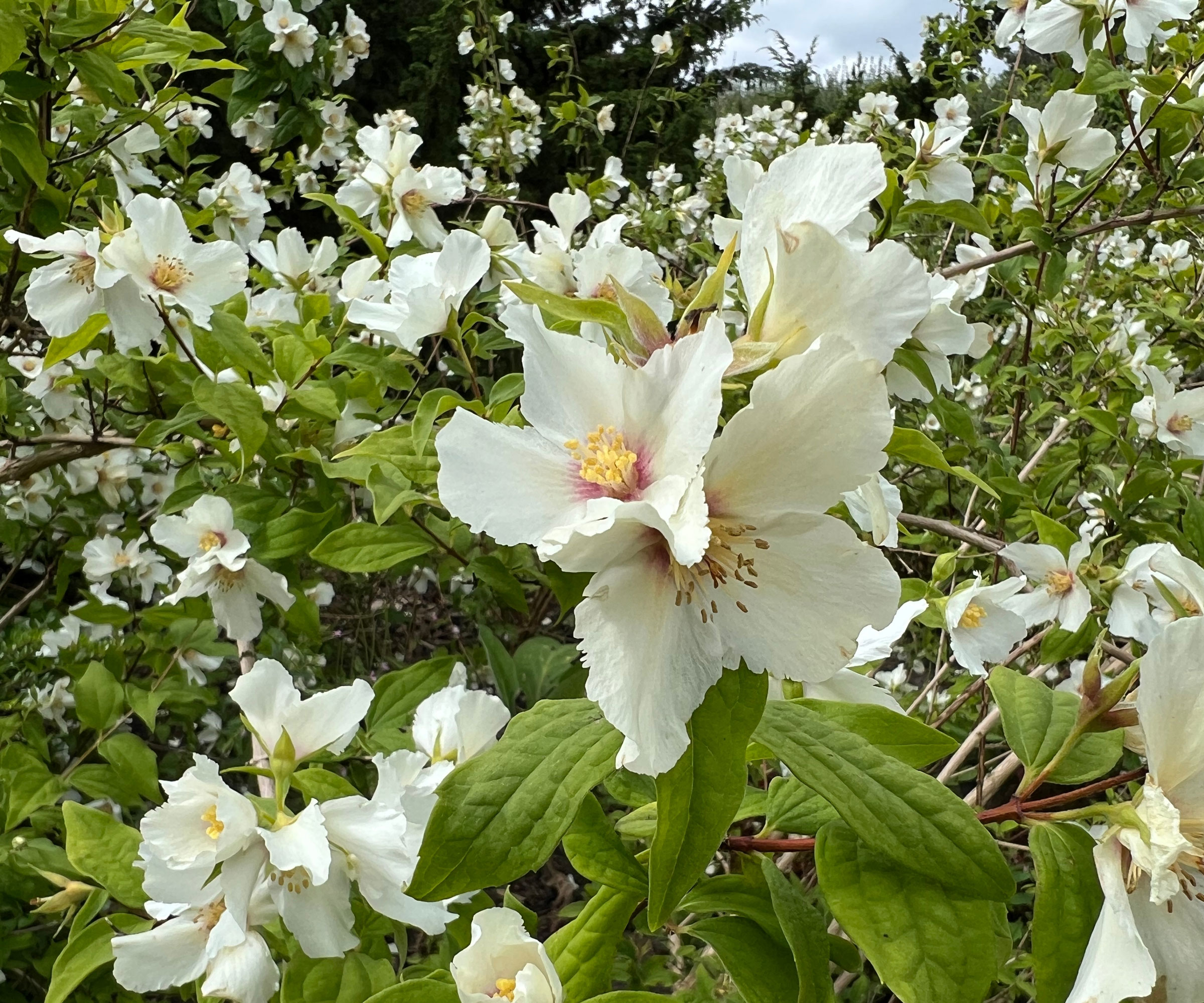
Pruning mock orange isn't essential every year, but when you tackle the chore, do it in summer after flowering. Trim the bush back by about one-third by cutting the oldest, woodiest stems. Cut them all the way to the ground. Remove any dead or dying branches. Cut out crossed stems to open up the interior to light and air flow.
5. Boxwood
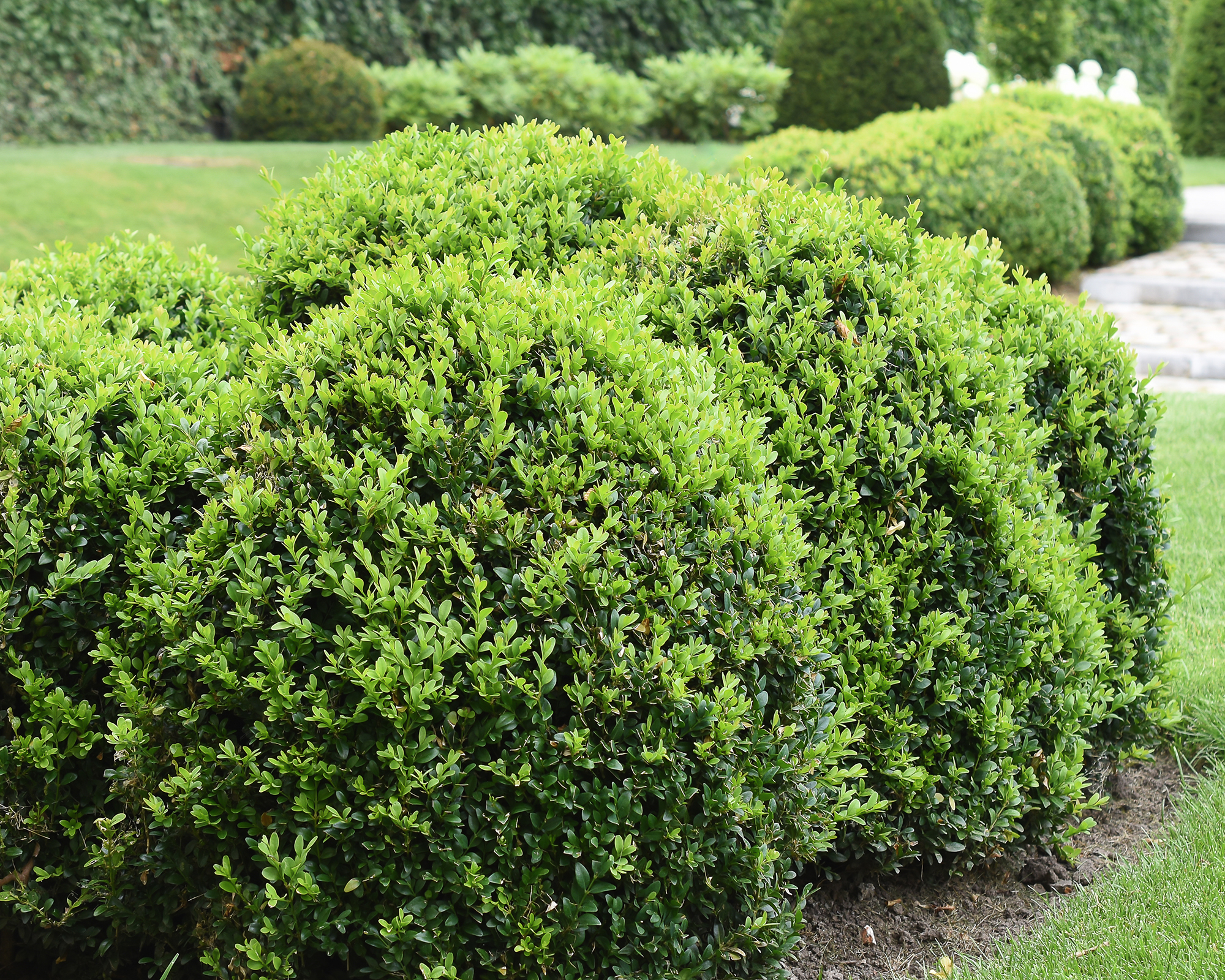
Many evergreens, like boxwood, are best trimmed in summer. They can suffer cold damage if pruned earlier in the season. Boxwood takes very well to shaping into formal styles or sharp edges, but you have to do it right.
Start by removing dead or damaged branches, then tackle the job of shaping. Avoid the temptation to simply shear the shrub into your desired shape. Doing so can lead to weak branches. Instead, remove selected branches down to the ground or at the intersection with another stem. This will thin the boxwood and keep it healthy. You can then do some shearing to shape it.
You'll need a good pair of hedge trimmers to prune boxwood, and if you have a lot of plants it's worth investing in a cordless power tool. Ryobi's 18V ONE+ 22" Hedge Trimmer Dual Action, available on Amazon, makes light work of hedge pruning.
6. Walnut Trees
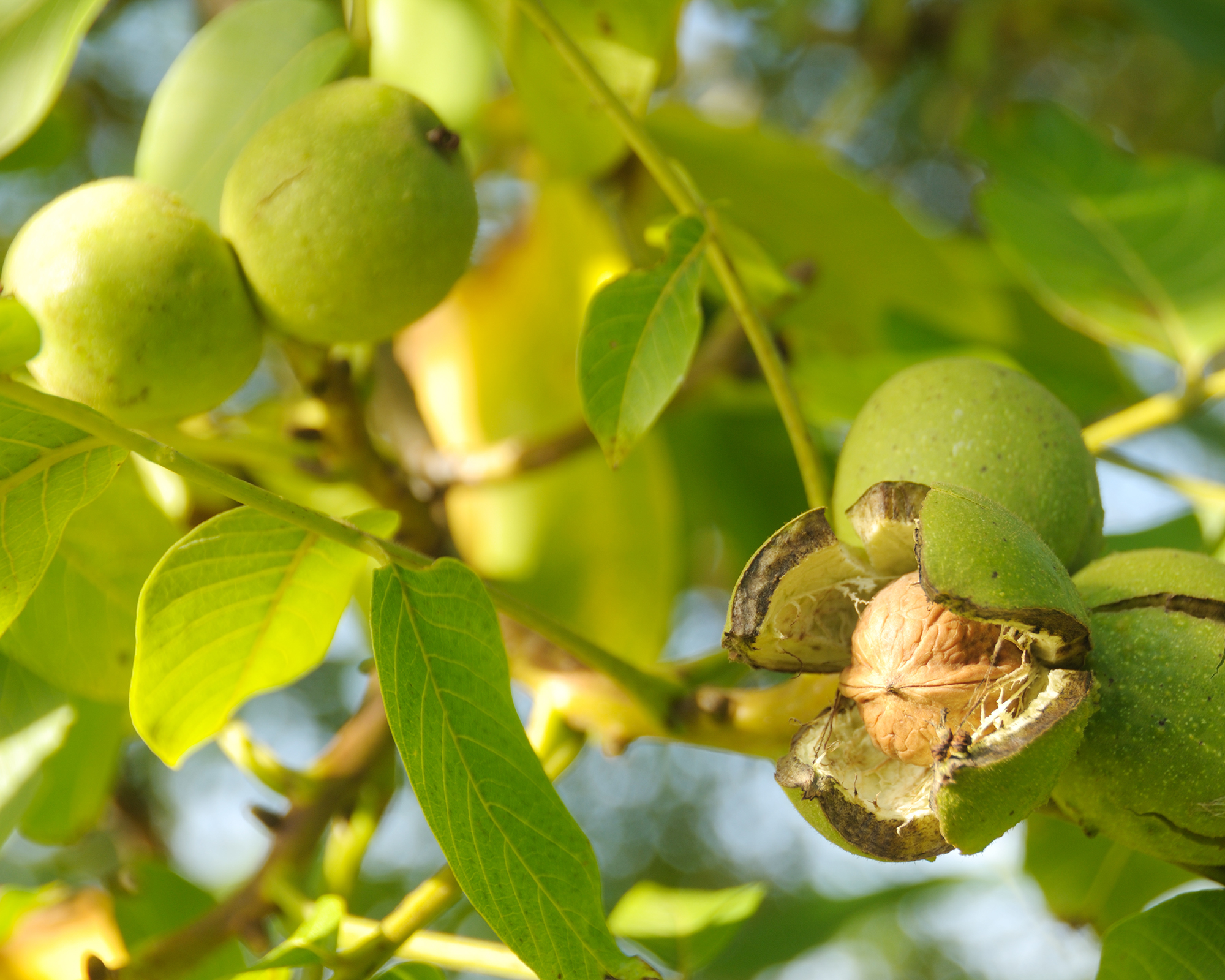
Trees are generally trimmed when dormant in late winter or early spring, but consider pruning walnut trees in summer. Walnuts are particularly prone to bleeding sap when cut. They’re even more likely to bleed sap in the colder weather of the dormant season. This makes July a safer time to trim your walnuts.
7. Prunus Trees
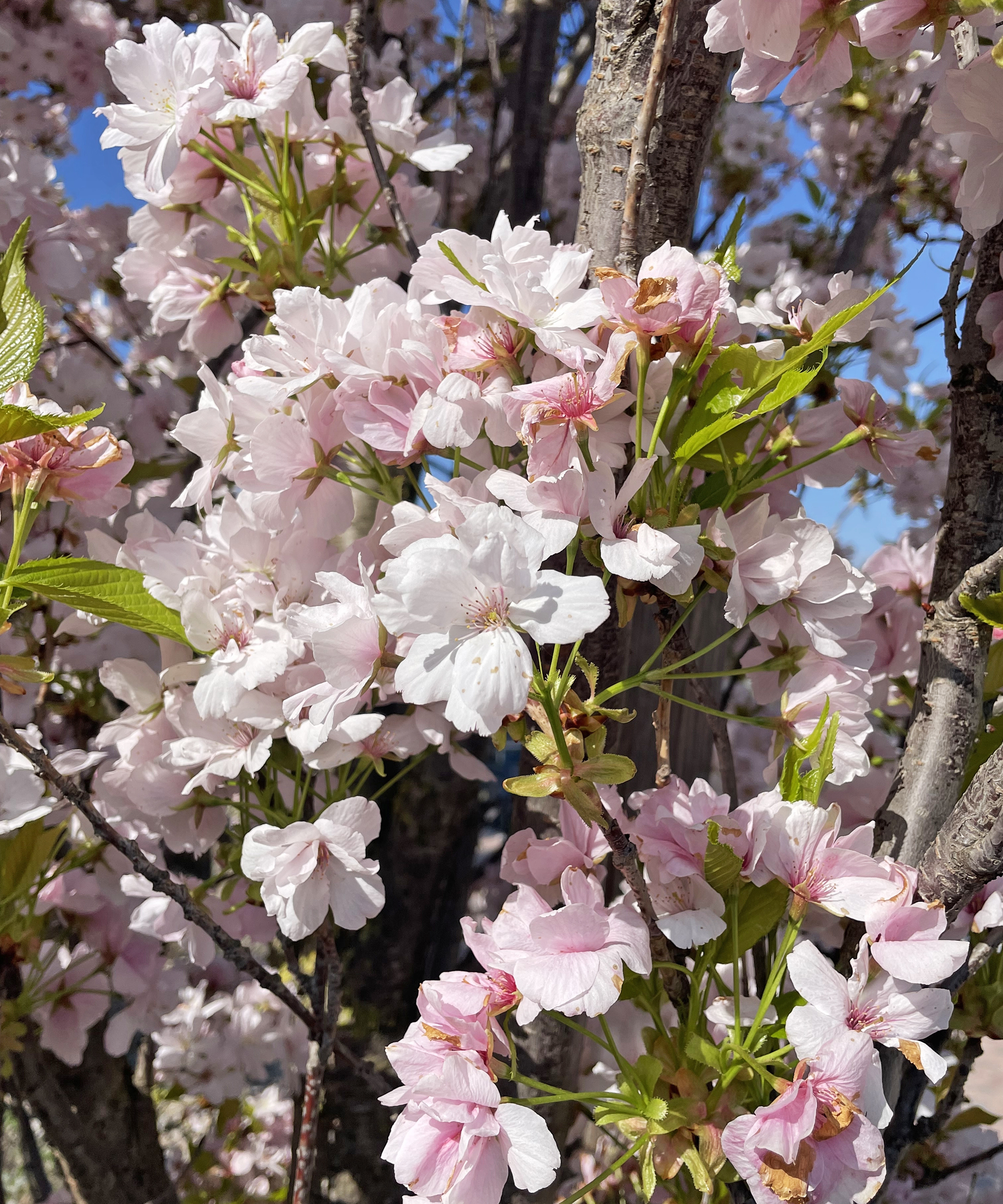
Prunus trees (plums, peaches, nectarines, cherries, and apricots) are also susceptible to damage if pruned at the wrong time. They are particularly vulnerable to silver leaf infection through pruning cuts. The pathogen that causes the infection is more prevalent in late spring and early winter. Remove dead, damaged branches and suckers in July for a safer trim.
8. Tomatoes
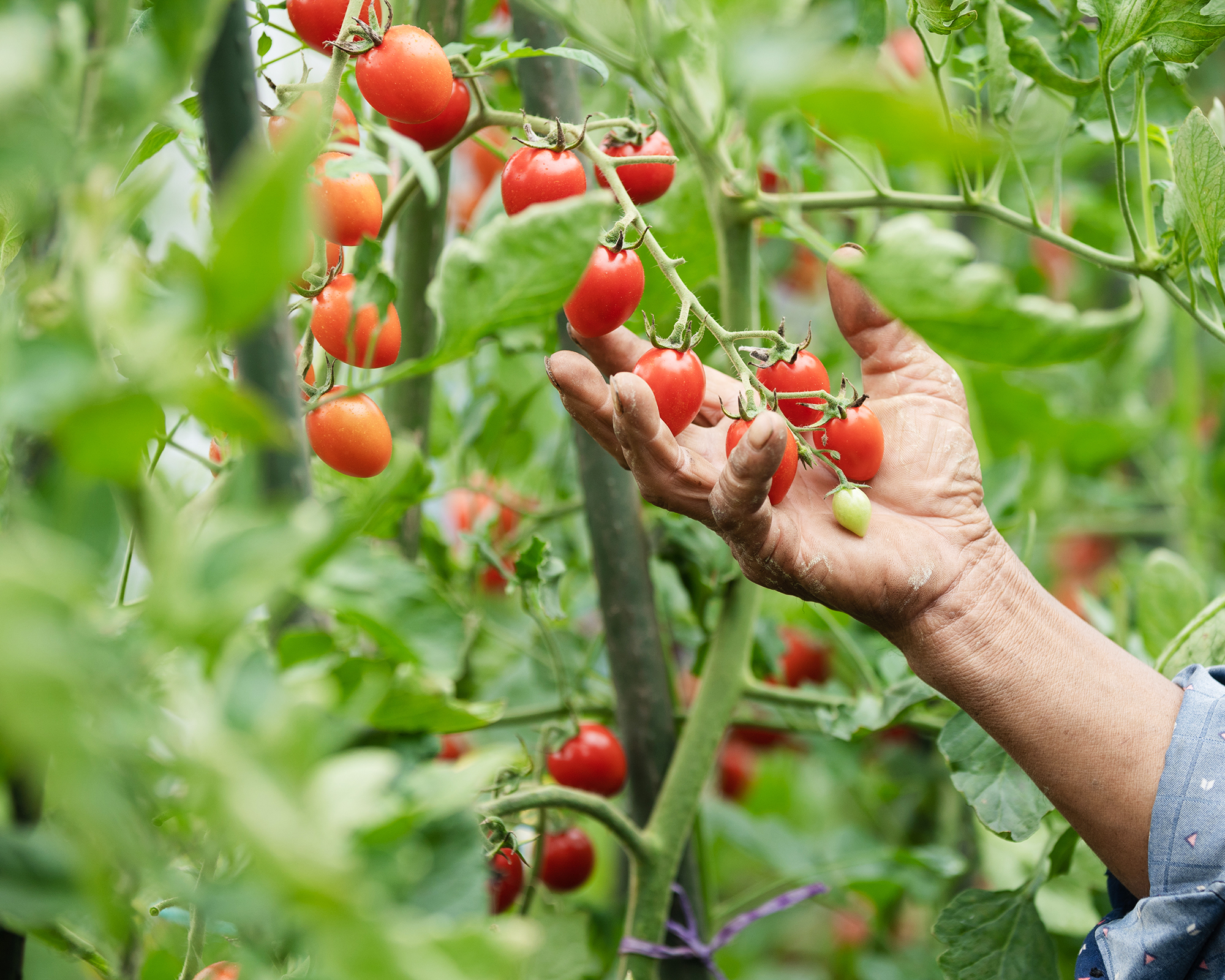
If growing indeterminate tomatoes, prune them in July to boost fruit production. July is a good time to remove extra growth, allowing the plants to put more energy into fruit. This summer pruning also improves air flow and reduces the risk of disease.
The best time to prune tomatoes is when the flowers are open. Remove all root suckers and most of those that develop in the joints between the main stem and the leaf stems. Work your way up from the bottom and remove all of these suckers except for the first one underneath the lowest flower cluster.
Pruning Essentials
- Consider a sharp pair of shears like the ever-popular Fiskars ⅝” Bypass Pruner from Amazon.
- Protect your hands from thorns with a pair of puncture-resistant gardening gloves from Amazon.
- Collect garden scraps and compostables in a lawn garden bag from Amazon.

Mary Ellen Ellis has been gardening for over 20 years. With degrees in Chemistry and Biology, Mary Ellen's specialties are flowers, native plants, and herbs.